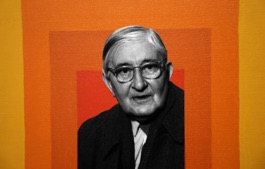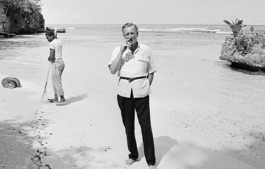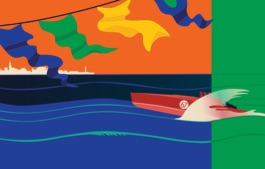
It was 1991. Ralph Lauren and his team were at work on their next collection, which would debut the following spring. Polo had always been inspired by the sporting life, but with this collection would put athleticism front and center, in a nod to the upcoming 1992 Olympic Summer Games in Barcelona. Ralph and his team researched and reimagined historical track-and-field iconography, vintage athlete uniforms, and glamorous images of 1930s Olympic posters to create a bold series of designs constructed with a new athletic spirit. The result, the now-legendary Stadium collection , brought together all those influences in an all-new line: Polo Sport.
Growing up in the Bronx, Jerry Lauren says, he and Ralph were always surrounded by athletics. “But we didn’t belong to a tennis club,” he says. “This was street sport.” Pickup basketball games in the Bronx helped inspire Polo’s sporting attitude, from its origins in 1967 to the introduction of Polo Sport 25 years later.
According to Jerry, Polo Sport was as much a part of Ralph’s American dream as anything else he’d done in the prior quarter-century. “It was very much Polo,” he says now, “but it gave another dimension to Polo—it was the idea of the Olympics, on the street, wherever you go.”
A success from the start, Polo Sport swept both the fashion landscape and the broader world of American culture, spurred on by the meteoric rise of 23-year-old model Tyson Beckford, who would star in a series of Polo Sport campaigns—often alongside supermodel Naomi Campbell—embodying the ethos of the brand while biking, boxing, running, and jet skiing.
“At that time, there was clothing, and then there was workout clothing. This was a fashion brand moving into that space in a very different way,” says Esquire style director Matthew Marden. “The reason I’m in the fashion business is because of Polo Sport,” adds Josh Peskowitz, street style fixture and men’s fashion director of Moda Operandi. “I took my first job at a clothes store to get a discount on Polo Sport sweatpants—size XXL, though looking back, I definitely only needed a medium. I wore them to threads. They were the thing.”
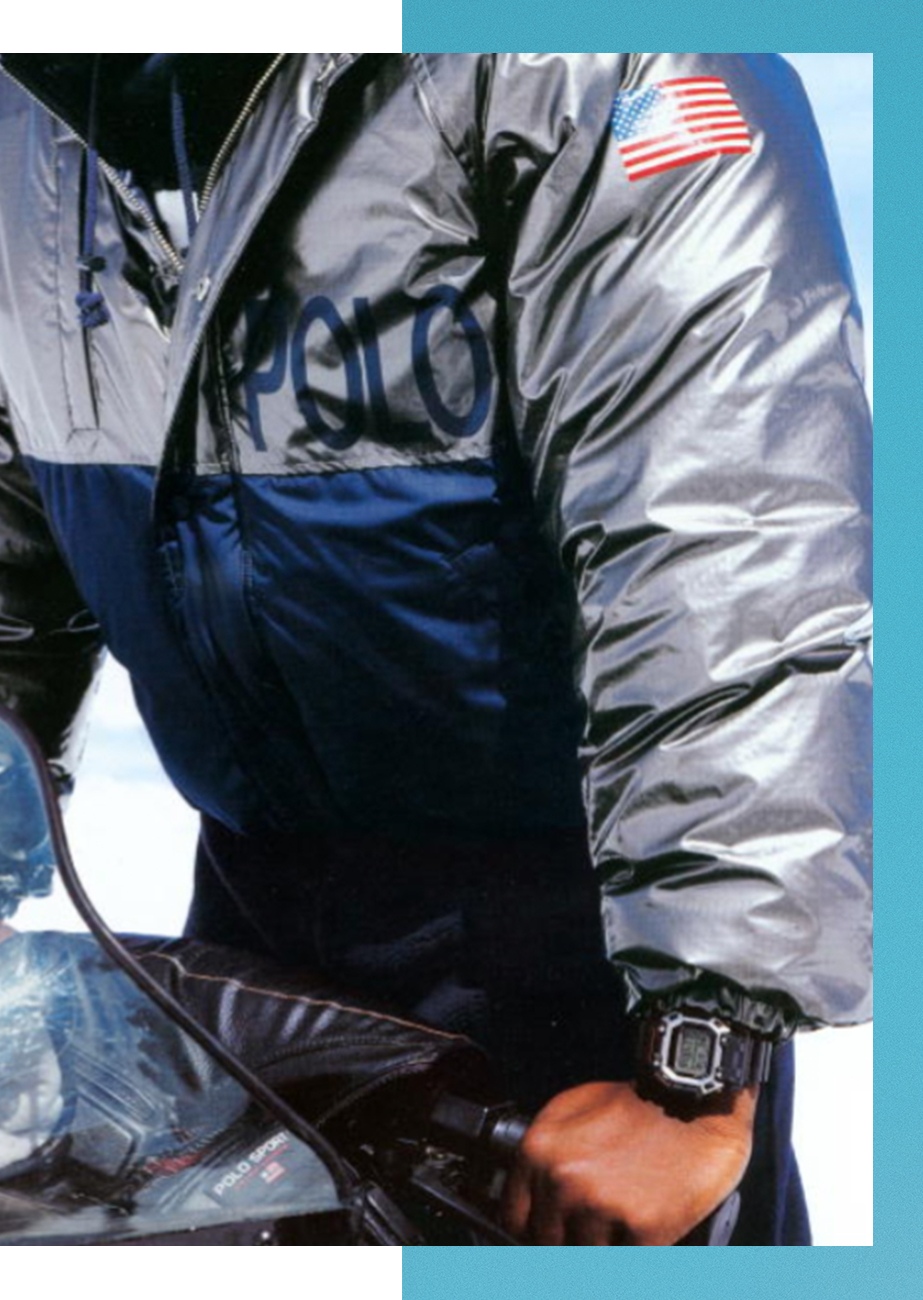
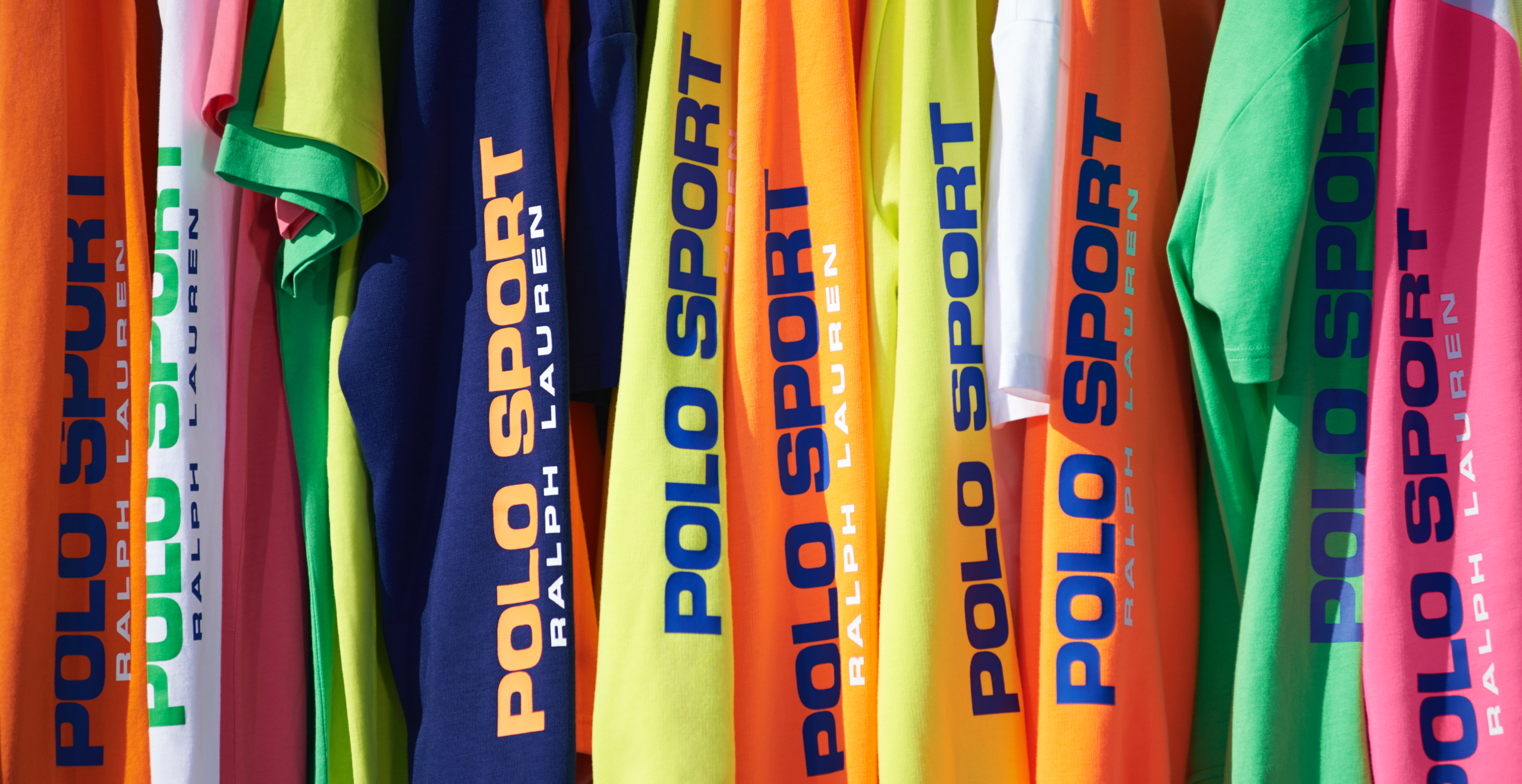
is because of Polo Sport.
At the heart of the line was functional, seasonal sportswear—from sweatpants to zip-up sweatshirts, tank tops, swim trunks, and ski parkas. Denim overalls, “USA” hoodies, and a reinterpretation of a denim jacket worn by American Olympians in Barcelona all bore the timeless Polo Sport logo. “The classic logo with the sans-serif type and the American flag—that spoke to me,” says Highsnobiety editorial director Jian DeLeon. “Polo Sport wasn’t my dad’s Polo.”
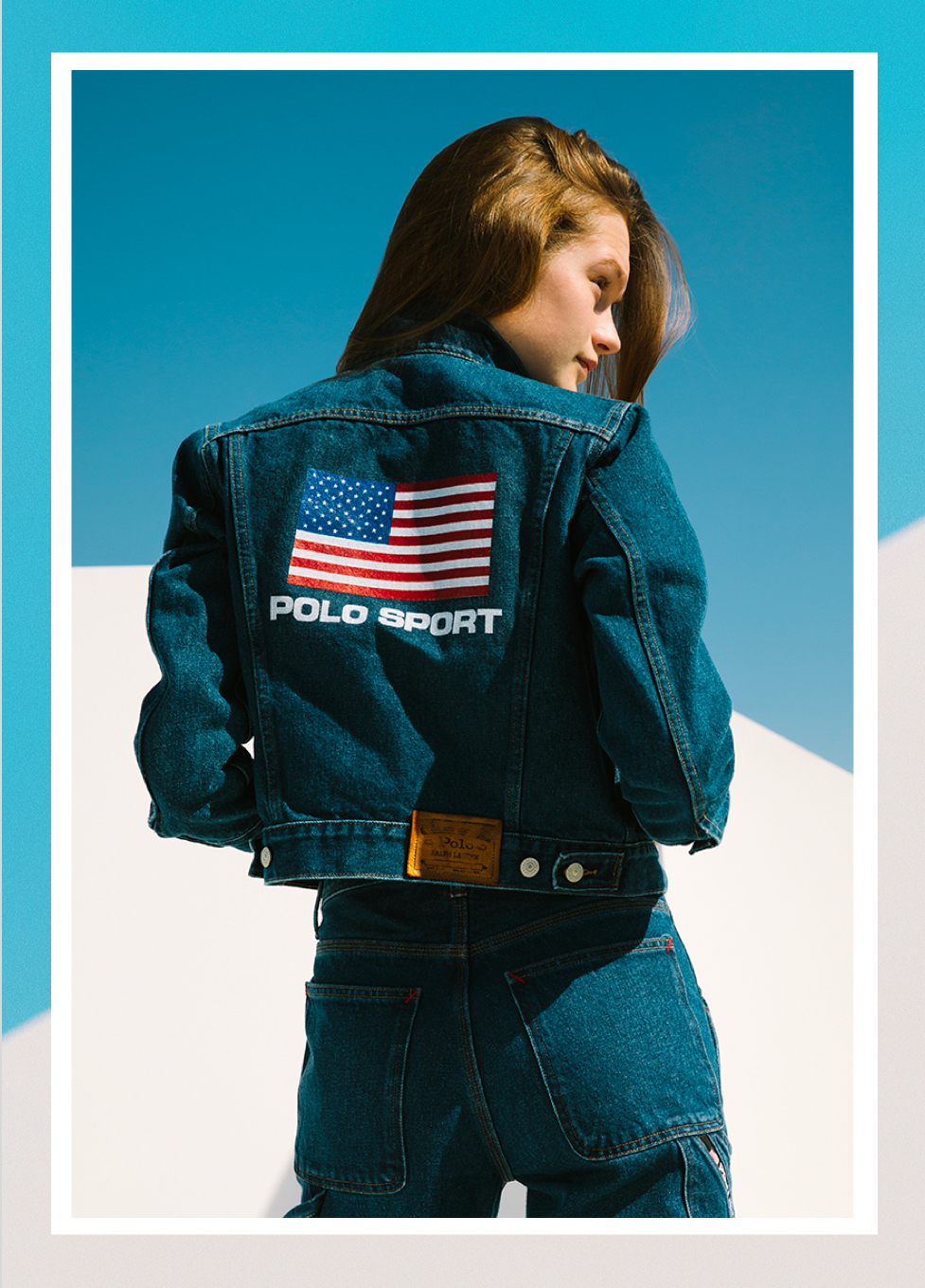
And then there were the now-iconic capsule collections, now famous among collectors, including World Challenge, which adapted the vibrant color and bold graphics of sailing, and Snowboarding (aka Snow Beach) , which redefined the style codes of winter sport.
In 1993, Polo Sport found a proper showcase in a dedicated store in New York, a 10,000-square-foot, two-level expanse across Madison Avenue from Ralph Lauren’s famed Rhinelander mansion—a spot now occupied by Ralph Lauren’s even grander women’s flagship store at 888 Madison. Bright and sleek, with lacquered walls and stainless steel finishes, the space, which was designed by famed architect Charles Gwathmey, was a temple to the sporting lifestyle and the modernity of Ralph’s vision. The clean aesthetic was complemented by vintage 1930s sport posters and equipment, including a racing scull artfully suspended from the shop’s ceiling. At the center was a sunken seating area, complete with a functional fireplace and Barcelona chairs to relax in as you shopped for technical ski suits, quilted microfiber equestrian jackets, stretch cotton-and-Lycra leggings, and track-and-field tank tops.
Ultimately, the success of Polo Sport gave rise to RLX, which took performance to greater heights with even greater emphasis on technical fabrics and features. And while RLX lives on under the umbrella of Ralph Lauren’s ultrarefined Purple Label line, and now, Polo Sport is back as a standalone collection—first, with the Limited Edition collection dropping on May 30, followed by capsules to be infused throughout upcoming collections. “It was streetwear for sport,” Jerry Lauren says. A quarter-century after its launch, it’s never felt better.
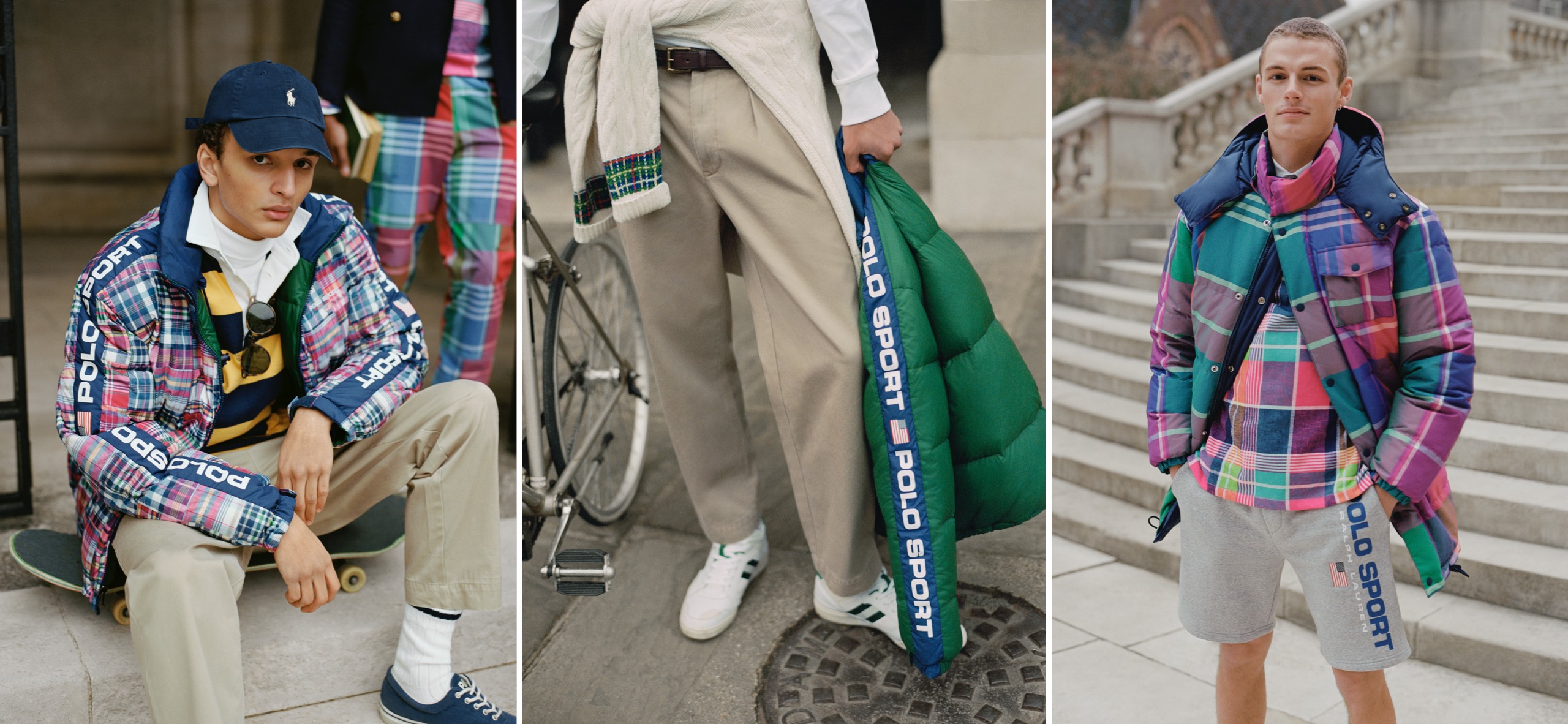
- Photograph by Tom Gould
- Courtesy of Ralph Lauren Corporation
- Photographs by Tom Gould




